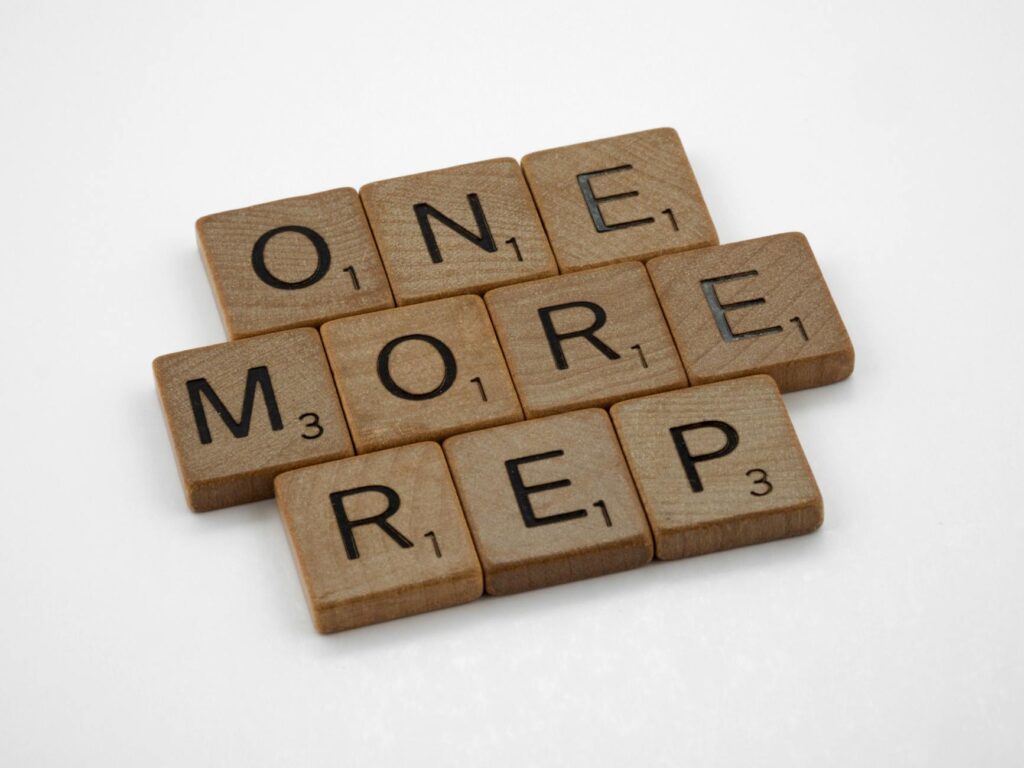What is neural plasticity strategies?

What is Neural Plasticity Strategies?
Neural plasticity, often referred to as brain plasticity, is an incredible feature of our brains that allows them to adapt and change throughout our lives. This adaptability is crucial for learning, memory formation, and personal growth. By understanding and employing neural plasticity strategies, you can enhance your learning abilities, boost productivity, and cultivate resilience in the face of challenges. Let’s explore this fascinating topic together.
Understanding Neural Plasticity
Neural plasticity is the brain’s ability to reorganize itself by forming new neural connections throughout life. This capacity for change is vital, enabling the brain to adjust responses to various stimuli, recover from injuries, and adapt to new experiences.
Definition of Neural Plasticity
At its core, neural plasticity is defined as the brain’s ability to change its structure and function in response to experience. This adaptability is essential for learning and memory. For a deeper dive into the science, you can refer to the Neuroplasticity – StatPearls resource, which outlines the processes involved.
Types of Neural Plasticity
Neural plasticity can be broadly categorized into two types:
-
Functional Plasticity: This refers to the brain’s ability to transfer functions from damaged areas to undamaged areas. For instance, if one part of the brain is injured, another part can take over its functions.
-
Structural Plasticity: This involves changes in the physical structure of the brain. Experiences can lead to the growth of new synapses and the strengthening or weakening of existing connections.
Understanding these types provides a framework for implementing effective neural plasticity strategies in daily life.
The Importance of Neural Plasticity Strategies in Personal Development
Recognizing and harnessing neural plasticity can significantly impact personal growth and learning. By leveraging this knowledge, you can become more effective in achieving your goals.
Enhancing Learning through Neural Plasticity
Have you ever noticed how repetitive practice makes you better at a skill? That’s neural plasticity in action! For example, learning a new language or instrument strengthens neural pathways, making it easier to recall information and perform tasks. Techniques like spaced repetition are rooted in these principles. To explore more ways to enhance learning, check out the article on Neuroplasticity: Learning Physically Changes the Brain.
Impact on Productivity and Time Management
Neural plasticity strategies also play a vital role in productivity. By training your brain to focus and manage time effectively, you can create lasting habits. For instance, techniques such as the Pomodoro Technique encourage focused work sessions interspersed with breaks. This approach not only enhances efficiency but also promotes cognitive flexibility, allowing you to shift gears when necessary. The article on 9 neuroplasticity exercises to boost productivity offers additional insights.
Practical Neural Plasticity Strategies
Incorporating practical strategies into your daily routine can help you leverage neural plasticity effectively. Here are some actionable tips:
Mindfulness and Meditation
Practicing mindfulness and meditation fosters neural plasticity by promoting mental clarity and reducing stress. These techniques can help rewire your brain, enhancing emotional regulation and focus. Regular mindfulness practice increases gray matter density in areas associated with memory and emotional regulation. Consider exploring resources that delve deeper into this subject.

Photo by Brett Jordan
Physical Exercise
Engaging in regular physical activity is another powerful way to enhance neural plasticity. Exercise stimulates the release of neurotrophic factors that support the growth of neurons and synapses. Aerobic activities, in particular, have been shown to improve brain health and cognitive function. As you move, your brain’s adaptability increases, paving the way for improved learning and memory.
Continuous Learning and Skill Development
Embracing lifelong learning is crucial for maintaining brain health and flexibility. Actively seeking new knowledge, whether through workshops, reading, or online courses, stimulates neural connections. Engaging in diverse activities—like learning a new skill or hobby—can also enhance brain plasticity. The Healthline article on How to Rewire Your Brain provides practical exercises to support this approach.
Neural Plasticity in Overcoming Challenges
Understanding how to apply neural plasticity strategies can help you navigate setbacks and mental health issues.
Resilience Building through Neural Plasticity
Neural plasticity is integral to building resilience. When faced with adversity, the brain can adapt by forming new connections that help you cope and recover. Techniques such as positive self-talk and cognitive reframing can strengthen these neural pathways, making you more resilient over time.
Cognitive Behavioral Techniques
Cognitive-behavioral therapy (CBT) leverages neural plasticity by challenging negative thought patterns and behaviors. By recognizing and reframing these patterns, you can foster healthier neural connections, leading to positive changes in mood and behavior. This approach encourages growth and adaptation, allowing you to face challenges with newfound strength. For further insights on CBT, consider exploring the discussion on Neuroplasticity: The Brain’s Ability to Change and Adapt.
Conclusion and Future Directions
Neural plasticity strategies are vital for anyone looking to enhance personal development, productivity, and resilience. By understanding how our brains adapt and change, we can implement practical strategies in our lives that foster growth and learning. Whether through mindfulness, physical exercise, or continuous learning, these methods can significantly impact our abilities and overall well-being.
As you explore these strategies, remember that your brain has the capacity to change and grow at any age. So why not start today? Embrace the incredible potential of neural plasticity and take steps toward a more adaptable and resilient you.